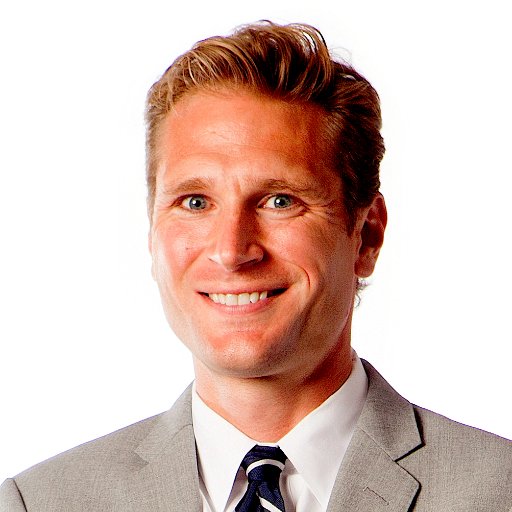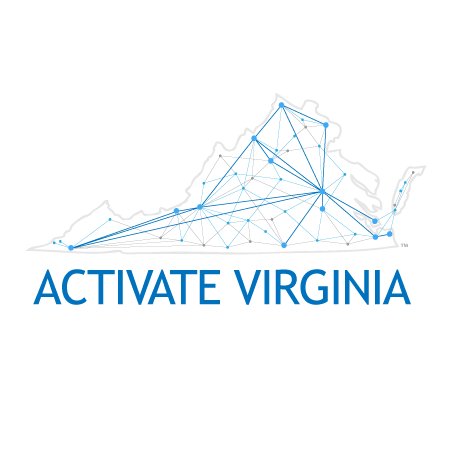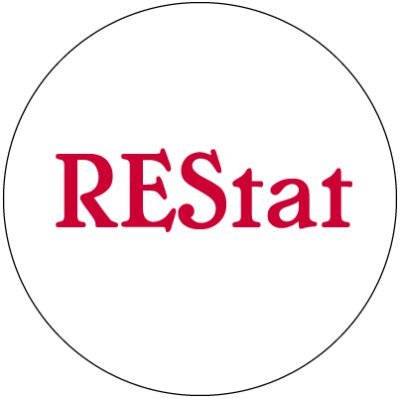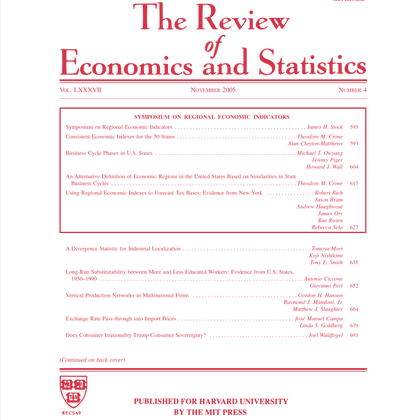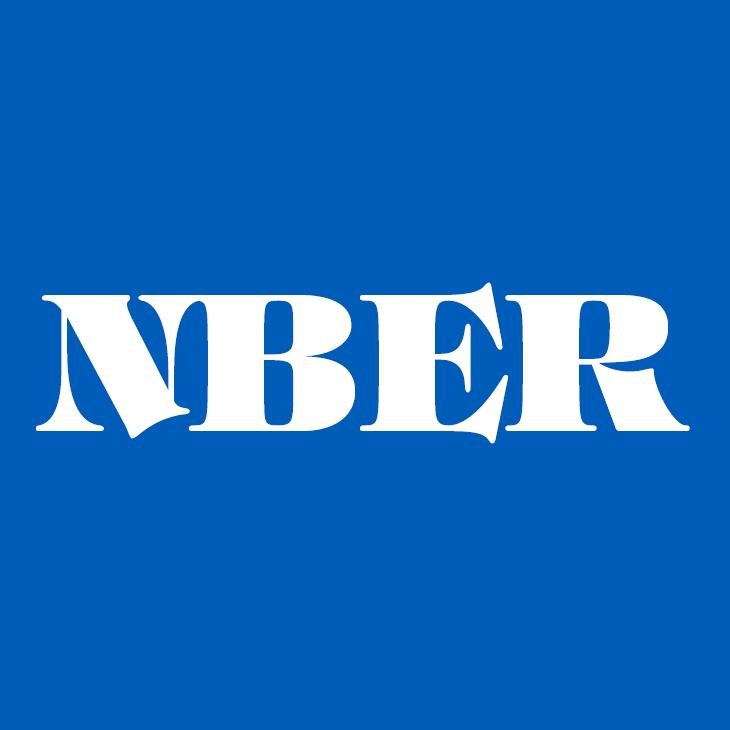
Andrew Olenski
@andrewolenski
Followers
584
Following
978
Media
12
Statuses
150
Assistant professor of economics @LehighU. Working on health care and industrial organization.
Bethlehem, PA
Joined September 2009
Underhanded accounting throughout health care, particularly nursing homes and dialysis. Check out great paper from @ashdgandhi @andrewolenski for systematic study of these schemes:
nber.org
“According to Colonial Heights' state cost report, the facility reported $8 million in profits from 2020-2023, but in 2024, it claimed an $89,000 loss. However, experts who reviewed the records didn't take the reported loss at face value.”
0
5
13
Many industries where the government is a major regulator, purchaser, or supplier suffer from severe worker shortages (e.g., healthcare, transportation, education, public safety). A quick thread on our new @restatjournal showing how government payment incentives can help: 1/N
Payment incentives alleviate worker shortages at nursing homes. Just Accepted new paper by Ashvin D. Gandhi (@ashdgandhi), Andrew Olenski (@andrewolenski), Krista Ruffini (@KristaRuffini), and Karen Shen
2
24
70
Payment incentives alleviate worker shortages at nursing homes. Just Accepted new paper by Ashvin D. Gandhi (@ashdgandhi), Andrew Olenski (@andrewolenski), Krista Ruffini (@KristaRuffini), and Karen Shen
direct.mit.edu
Abstract. Worker shortages are common in many industries. This paper examines the effect of government subsidies to address these shortages in the context of a reform that tied Medicaid payments to...
0
13
41
For those who've made it this far, @sacher_szymon and I thank you for following along! For more details and a dive deeper into methodology, check out the full paper! https://t.co/FFzMcqHlAJ 13/13
direct.mit.edu
Abstract. We use variational inference (VI), a technique from the machine learning literature, to estimate a mortality-based Bayesian model of nursing home quality accounting for selection. We...
0
0
3
VI is scalable, doesn't require a strict distribution (you will not find a logit error in our paper!), and very accurate (see figure). We believe that VI is well-suited for a much larger role in economics moving forward, and our paper provides a blueprint for others. 12/N
1
0
1
Intuitively, the VI approach approximates complex posterior distributions in a model with simpler families of distributions, transforming the problem into an optimization one, which computers excel at! 11/N
1
0
1
Instead, we use a technique called "variational inference" (VI), which comes from the machine learning literature, where estimating models with many millions (or billions) of parameters is commonplace. See this from @blei_lab for an excellent review. https://t.co/nOqaBEUWUn 10/N
arxiv.org
One of the core problems of modern statistics is to approximate difficult-to-compute probability densities. This problem is especially important in Bayesian statistics, which frames all inference...
1
1
5
But what's really cool is how we estimate the model. Our model yields a *LOT* of parameters: one for each patient, which we need for the selection-correction. With ~20 million patients, that is computationally demanding! Too many for standard Bayes approaches such as sampling 9/N
1
0
2
So, how do we develop this measure? We estimate a Bayesian model of patient choice and nursing home quality, similar to @instrumenthull's JMP. We use distance instruments to shift patient choices over facilities, in a way that is unrelated to quality. 8/N
1
0
2
Our new quality measure also overturns conventional wisdom that better facilities fared similarly during the pandemic. We find that higher quality facilities reported fewer Covid cases and deaths, whereas both NHC and a non-corrected measure reveal little relationship. 7/N
1
0
2
What we find is surprising: there is near-zero correlation between our mortality-based measure and Nursing Home Compare ratings. This is in contrast to a naive (i.e., non-selection-corrected) quality measure, where we find a strong positive correlation with NHC. 6/N
1
0
0
To evaluate the performance of this system, we develop an alternative, selection-corrected quality measure based on patient mortality rates. Facilities don't report mortality themselves, and it doesn't factor into the ratings anyway. We benchmark our new measure against NHC. 5/N
1
0
0
For example, studies have found that facilities fail to report when residents have serious falls or develop bed sores, while exaggerating staffing levels, so as to improve their rating. Unsurprisingly, the mean star rating has steadily climbed since the system was introduced. 4/N
1
0
1
This @nytimes investigation finds that much of the information reported to CMS is wrong, and that nursing homes are made to appear safer and cleaner than they are. As @rn_harrington put it, firms "work to improve their ratings, but not their quality." https://t.co/82gmEowlDD 3/N
1
0
3
First, health care: measuring provider quality is hard. The public relies on a report card system (Nursing Home Compare) to help choose providers, but this system is rife with problems, and is known to be gamed by firms. 2/N
1
0
1
Very excited to see this paper with @sacher_szymon finally accepted! We have lots of results interesting to anyone curious about health care, machine learning, Bayesian econometrics, and especially their intersection! 🧵(1/N)
Just Accepted new paper, “Estimating Nursing Home Quality with Selection” by Andrew Olenski and Szymon Sacher
2
7
55
Just Accepted new paper, “Estimating Nursing Home Quality with Selection” by Andrew Olenski and Szymon Sacher
direct.mit.edu
Abstract. We use variational inference (VI), a technique from the machine learning literature, to estimate a mortality-based Bayesian model of nursing home quality accounting for selection. We...
0
9
39
The average hospital that exploited a loophole in Medicare payments increased both Medicare and total revenue by approximately 10 percent, from @gupta_atulk, @ambarlaforgia, and @asacarny
https://t.co/hsDr6ff40g
0
9
29
The structure of Medicaid payments can alleviate worker shortages in hard-to-staff healthcare jobs, from @ashdgandhi, @andrewolenski, @KristaRuffini, and Karen Shen https://t.co/34wvVXf7xn
0
10
24
This @ashdgandhi, @andrewolenski, @KristaRuffini, and Karen Shen paper out today is interesting in light of the various labor shortages people were concerned about earlier in the pandemic. https://t.co/B0fOMOZg9T
0
3
9

